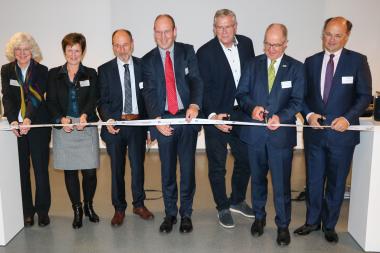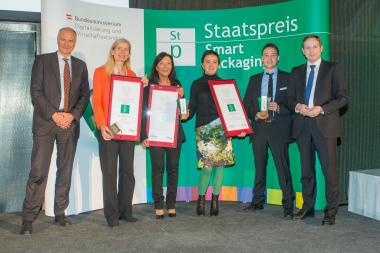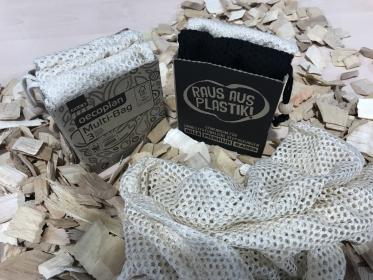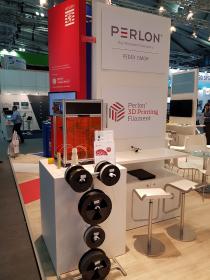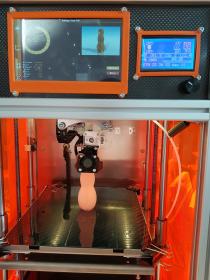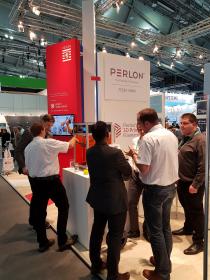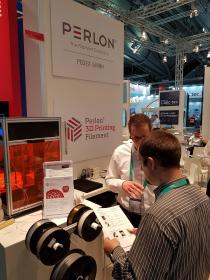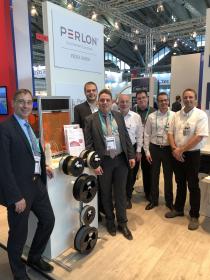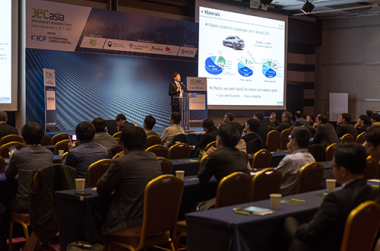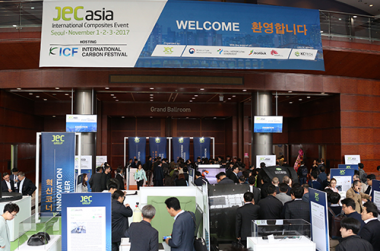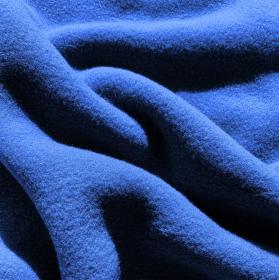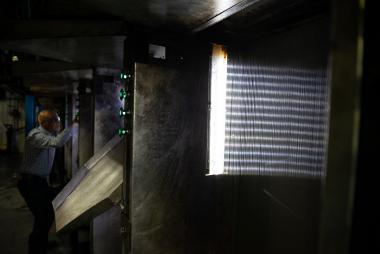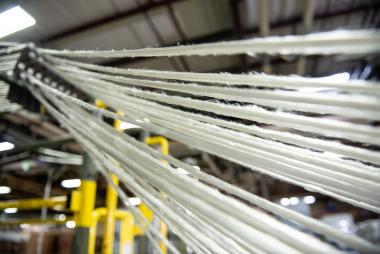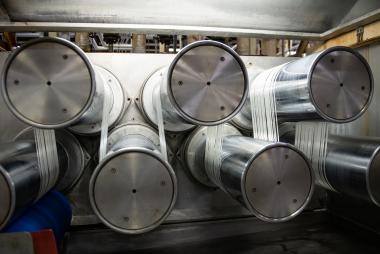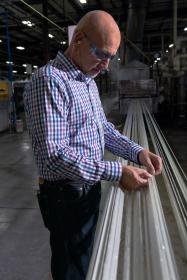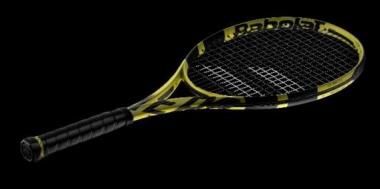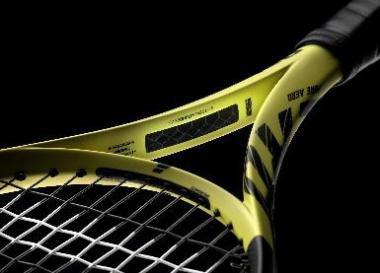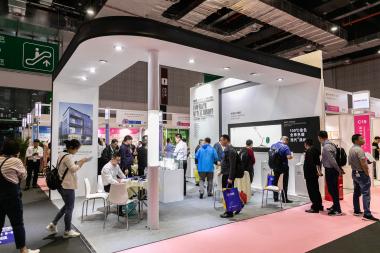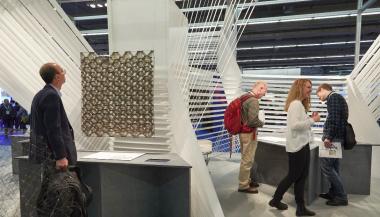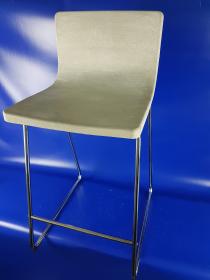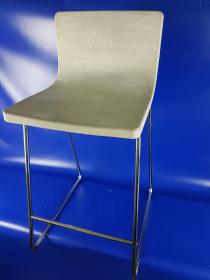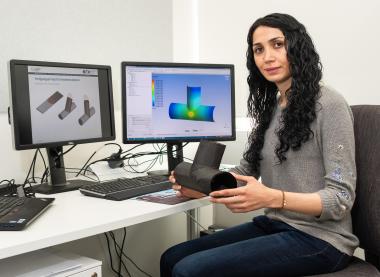Hochschule Niederrhein eröffnet Textiles Innovatorium in Mönchengladbach
- Innovative Ideen umsetzen
Mönchengladbach - Auf dem Campus Mönchengladbach der Hochschule Niederrhein ist gestern Abend das Textile Innovatorium eröffnet worden. Das kreative Labor ist ein Ort, an dem innovative Ideen aus Unternehmen oder der Hochschule entwickelt und prototypisch umgesetzt werden können. „So ein Labor hat an der Hochschule Niederrhein bislang gefehlt. Dank dem Textilen Innovatorium sind wir künftig noch besser in der Lage, aktiv die Zukunftsfähigkeit der Region zu stärken“, sagte Hochschulpräsident Prof. Dr. Hans-Hennig von Grünberg.
Das Textile Innovatorium wird mit Mitteln aus dem Bund-Länder-Förderprogramm des Bundesministeriums für Bildung und Forschung und Gemeinsamer Wissenschaftskonferenz (GWK) „Innovative Hochschule“ finanziert. Dort war die Hochschule Niederrhein im vergangenen Jahr mit dem Antrag „Leuchtturm Niederrhein – Aus der Höhe in die Breite“ erfolgreich. Seit dem 1. Januar 2018 bis zum 31. Dezember 2022 wird das Textile Innovatorium mit 1,5 Millionen Euro bezuschusst. Insgesamt erhält die Hochschule Niederrhein 5,17 Millionen Euro im Rahmen der Förderung „Innovative Hochschule“.
„Mit unserer Förderung wollen wir dazu beitragen, die inter- und transdisziplinäre Forschung zu ermöglichen und fachliche sowie gesellschaftliche Grenzen zu überwinden“, sagte Dr. Karin Korn-Riedlinger vom Bundesministerium für Bildung und Forschung. „Die Förderlinie Innovative Hochschule soll Hochschulen wie die Hochschule Niederrhein dabei unterstützen, sich langfristig als zentraler Dienstleister für Wissens- und Technologietransfer in ihren Regionen zu etablieren.“
Sigrid Rix-Diester, Gruppenleiterin im Ministerium für Kultur und Wissenschaft, betonte: „Das Projekt Leuchtturm Niederrhein ist ein sehr gutes Beispiel dafür, wie die regionale Wirtschaftskraft und die Innovationskraft einer Hochschule sich gegenseitig beflügeln können. Die Hochschule Niederrhein nimmt im Bereich der Textil- und Bekleidungstechnik deutschland- und europaweit eine herausragende Position ein. Die finanzielle Unterstützung durch Bund und Land ermöglicht es ihr nun, den Austausch mit der Textilbranche zu verstärken und ihre Rolle als Innovationsmotor mit regionaler und überregionaler Strahlkraft weiter auszubauen.“
Prof. Dr. Dr. Alexander Prange, Vizepräsident für Forschung und Transfer der Hochschule Niederrhein, sagte: „Das Textile Innovatorium verbindet die drei Leistungsdimensionen unserer Hochschule, nämlich Forschung, Lehre und Transfer, auf eine sehr nutzbringende Art und Weise.“ Das Creative Lab soll Begegnungsraum an der Grenzfläche der angewandten Hochschule zur externen Welt werden, in dem Unternehmen direkt an den Fachbereich Textil- und Bekleidungstechnik ankoppeln können.
Das Labor ist im Z-Gebäude auf dem Campus Mönchengladbach untergebracht. Auf einer Fläche von rund 170 Quadratmetern sollen dort Studierende, Forschende und Unternehmensvertreter arbeiten und sich untereinander vernetzen können. Diverse Hightech-Geräte wie ein Tisch-Rotor zum Spinnen von Vliesstoffen oder eine Strickmaschine für den 3D-Strick sollen ebenfalls zur Verfügung stehen. Das Textile Innovatorium soll damit das Umfeld sein, in dem studentische Ideen, Projekt- und Forschungsarbeiten bis zu marktgängigen Produkten und gegebenenfalls auch bis zur Firmengründung weiterentwickelt werden können.
Derzeit zeichnet sich ab, dass das Konzept aufgeht. So konnten Studierende bei der Weiterbearbeitung von Projektideen in vielfältiger Weise begleitet werden: durch beratende Unterstützung im Start-up-Prozess, Hilfe beim Aufbau eines Netzwerkes durch gemeinsame Firmenbesuche, kritische Betrachtung des Business-Cases sowie durch Klärung von Fragen zur Anfangsfinanzierung, zu Patentanmeldungen und zur Produkthaftung. Die zweite Säule wurde ebenfalls erfolgreich angegangen: Mit Hilfe von Spezialmaschinen, die von industriellen Partnern temporär zur Verfügung gestellt werden, werden Studierende weitergebildet und kreative Produktideen getestet.
Dietmar Wirtz, Director Technology bei AstonJohnson, forderte die potenziellen Nutzerinnen und Nutzer des Innovatoriums auf: „Beginnen Sie den kreativen Prozess im Bereich der Vision und entwickeln Sie Ihre Ideen in Richtung Realität. Nehmen Sie dabei Erfahrung lediglich zur Kenntnis aber nicht zum Maßstab. Innovation muss sich heute auf alle Mechanismen eines Unternehmens legen. Der Erfolg liegt in einem innovativen Konglomerat aus innovativen Geschäftsmodellen, in denen das innovative Produkt eingebettet ist.“
Hochschulkommunikation der Hochschule Niederrhein


